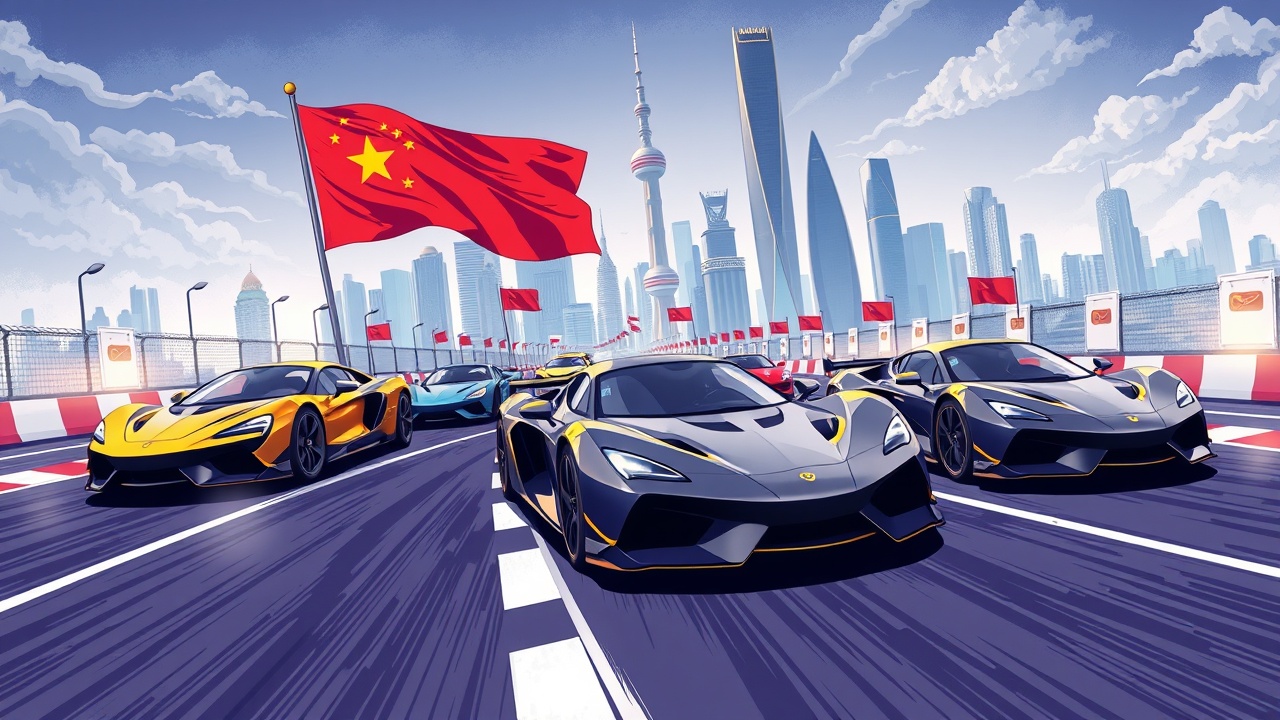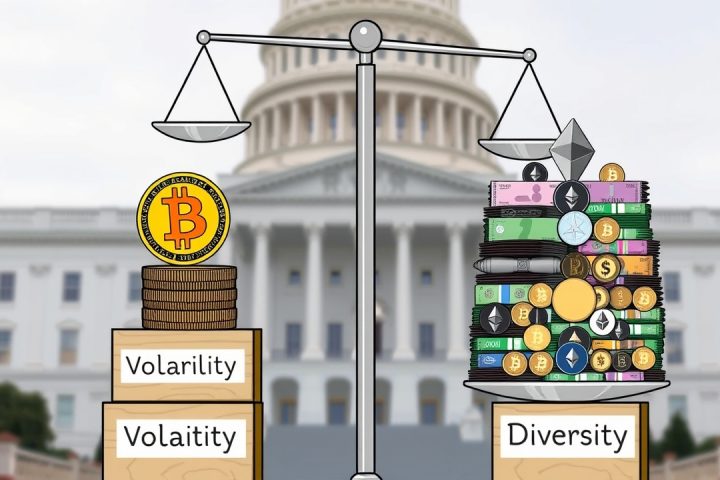The Race for Stablecoin Supremacy in Asia
The race for stablecoin supremacy in Asia is increasingly defined by a divide between government-backed currencies and established U.S. dollar solutions. Recent developments in Japan, Singapore, and Hong Kong are shaping the future of cryptocurrency and its interaction with local monetary policies, leading to a re-evaluation of how stablecoins can coexist alongside traditional financial systems.
Japan’s Yen-Pegged Stablecoin Initiative
In a significant stride, Japan’s largest banks, including MUFG, SMBC, and Mizuho, are collaborating to create a yen-pegged stablecoin. This initiative is set to roll out through MUFG’s Progmat platform by March next year, illustrating Japan’s commitment to updating its financial regulations to encompass digital assets. A recent proposal aims to ban insider trading related to cryptocurrencies, which would enhance regulatory oversight by allowing securities authorities to investigate potential misconduct, according to a report from Nikkei.
Contrasting Approaches in China and Hong Kong
Meanwhile, China has taken a noticeably contrasting stance by barring major technology companies from pursuing stablecoin projects in Hong Kong. This decision closely follows the formation of Anchorpoint Financial by notable firms, including Standard Chartered and Animoca Brands, which sought a stablecoin license under the city’s newly implemented digital asset framework.
Singapore’s Regulatory Landscape
In Singapore, the landscape is markedly different, with StraitsX operating under the scrutiny of the Monetary Authority of Singapore. Its SGD-pegged token, XSGD, has gained traction, being listed on Coinbase as of late September. Tether continues to make strides across the region, having successfully integrated its USDT into South Korean ATMs and within LINE’s extensive network earlier this year.
Expert Insights on the Future of Stablecoins
Experts suggest that this emerging competition in Asia may ultimately be a measure of how far governments will permit private enterprises to redefine their monetary systems while maintaining oversight of capital movements. John Cho, vice president of partnerships at Kaia DLT Foundation, noted the varied legislative approaches taken across the region, where some regulators advocate for stablecoin management to remain within the purview of established institutions, while others favor a more open framework to foster innovation and growth.
Dermot McGrath, co-founder of Ryze Labs, remarks that we are witnessing a shift from policy development to systematically controlled implementations. Japan is expected to proceed cautiously, adhering to regulatory frameworks, while Hong Kong’s approach will be largely influenced by directives from Beijing. Singapore, on the other hand, is poised to emerge as a leader in innovation by establishing clear guidelines for stablecoin issuers.
Distinct Approaches in Asia’s Stablecoin Landscape
Brian Mehler, CEO of Stable, identified three distinct approaches in Asia’s stablecoin landscape: a mega-bank consortium model exemplified by Japan, a freer market reminiscent of Switzerland’s approach, and a more cautious traditional framework. He highlighted Japan’s potential prominence as the institutional leader due to its banking consortium, while Singapore’s regulatory clarity could bolster its status as an innovation hub. Hong Kong is aiming to cement its role in enterprise applications, where compliance holds significant importance.
Conclusion
This evolving framework is a part of a broader modernization effort driven, in part, by the upcoming ISO 20022 implementation deadline—a move pushing numerous jurisdictions to address their unique regulatory considerations while balancing innovation in the field of stablecoins.




